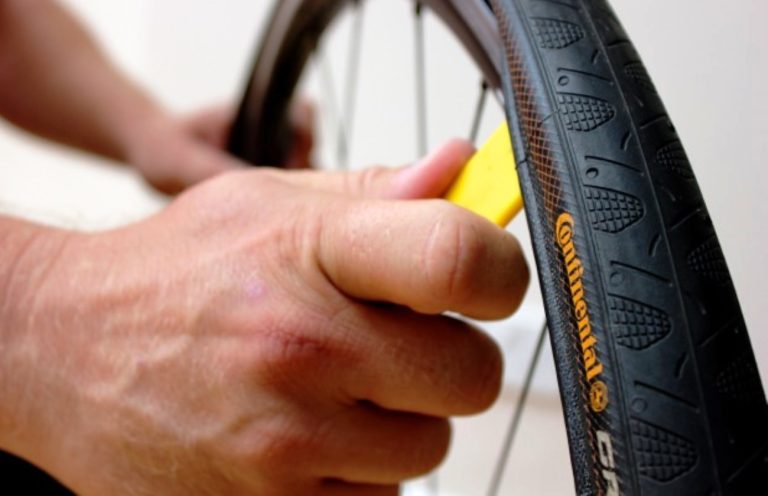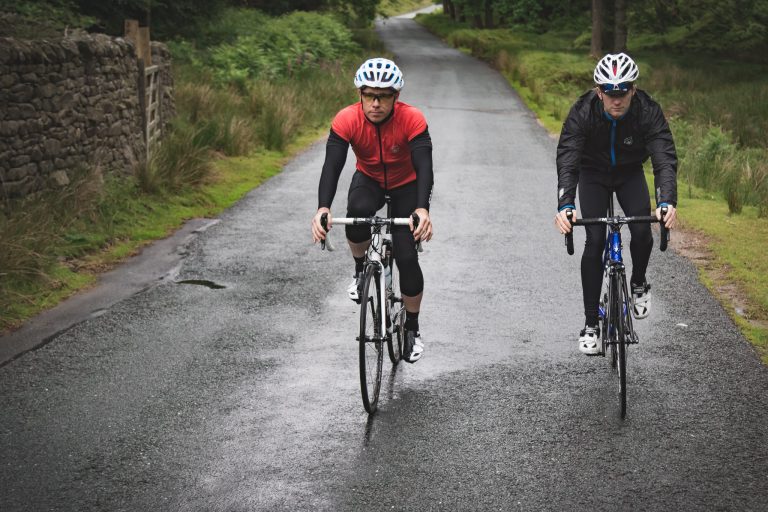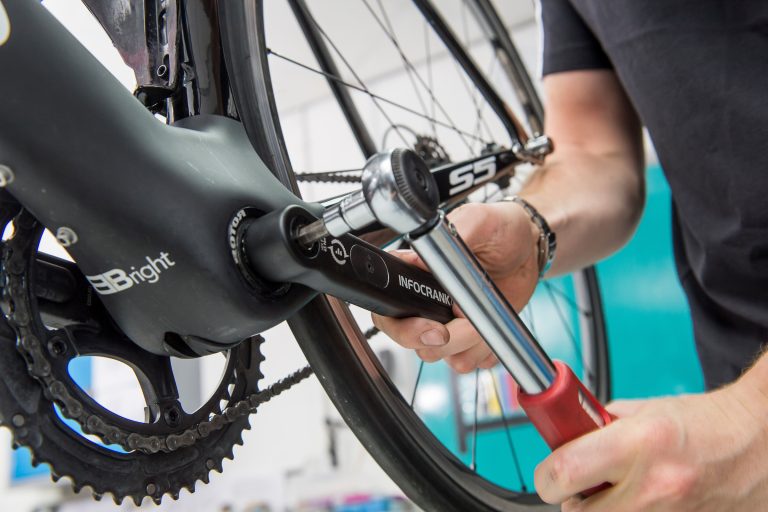Polar make great heart rate monitors, and you can hook them up to wireless speed and cadence sensors to give you all the data you could ever want about your riding. But there’s a snag. Polar speed sensors have a very short range, so they can only be used on the front fork. Fine on the road, but not on the turbo.
Look around on the web and you’ll find most things, including a little-known fix that allows you to increase the power output of Polar speed sensors so that you can use them on the back wheel. It sounds daunting, but if you can use a screwdriver it will take you about 5 minutes to sort it out. Here’s how.
1. Assemble the tools for the job. That would be your speed sensor and a suitable screwdriver.
2. Locate the screws that hold the sensor together, and unscrew them. (They’re usually pretty tight, so be careful not to mangle the heads).
3. Carefully remove the circuit board. Whatever you do, don’t put it down on a metal surface, you’ll probably cause a short circuit and fry the electronics.
4. On the battery side of the circuit board is a ‘jumper’. This is just a very basic kind of switch. The ‘jumper’ slides on to two pins to make a circuit. There are 3 pins in the transmitter, and in its standard setting the jumper is on the two closest to the battery.
5. Carefully slide the jumper off (use your finger nail), and then slide it back on the two pins furthest from the battery.
6. Screw the sensor back together (careful with those screws again), and fit to a seatstay. Set up as normal and, hey presto! You’ve got rear wheel speed measurement.
Be aware that increasing the power output will decrease battery life – if the speed reading on the HRM becomes erratic, you probably need to replace the battery.
Got any more top tips? Just email them to us.










